If you live in a freezing, snowy climate, you may be accustomed to firing up your engine in the winter and letting it run for a while before you drive. It’s a practice that’s made all the easier with the recent ubiquity of remote-start technology.
While this age-old practice makes for a warmer, cozier car on frigid winter mornings, it poses a few problems. Plus, if your car was made in the last 25 years or so, it doesn’t need extra time to warm up before you drive it, experts say.
MORE: Why you shouldn’t put your windshield wipers up when it snows
To be clear: We’re not recommending against heating up the car long enough to defog your windshield, but rather against letting it idle long enough to completely warm up the cabin, which can take 15 minutes or more.
Warming up your car for too long isn’t just unnecessary for the engine, but it can also be bad for your wallet. There are even places where idling your car might lead to a fine. But even though it’s based on automotive technology from more than three decades ago, this long-held belief that cars need plenty of time to warm up has been slow to fade.
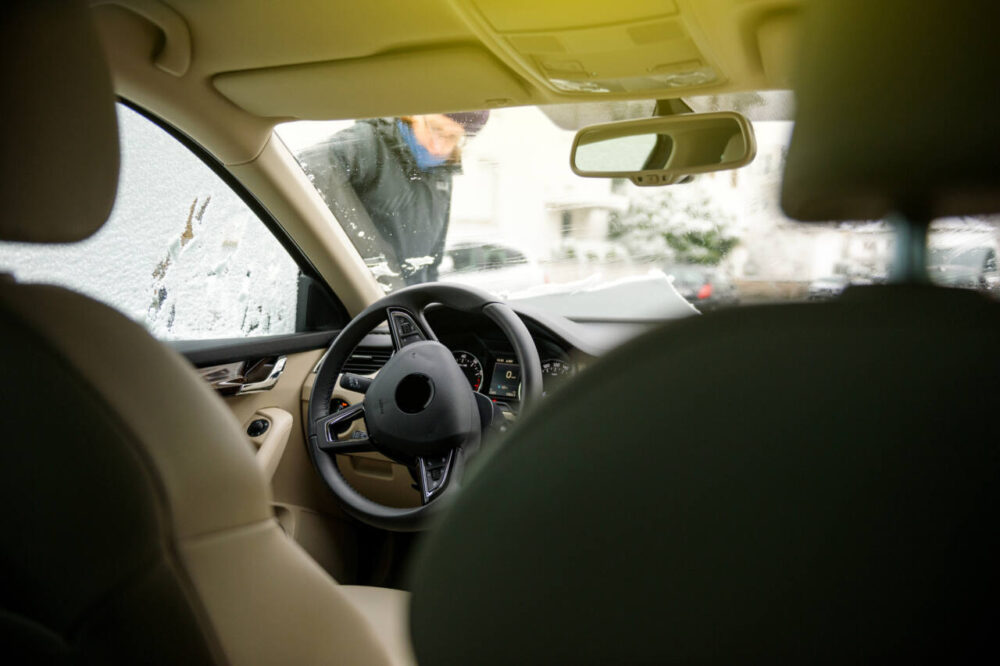
MORE: The Best Garage Heater To Keep Your Home And Car Warm
Why Lengthy Idling Is Pointless and Bad for Your Wallet
Letting your car idle for longer than a few minutes could decrease the life of your engine as it strips oil away from the engine’s cylinders and pistons, according to auto experts at Consumer Reports and Popular Mechanics.
In a recent report that recommends against warming your car for longer than it takes to defog the windshield, the chief mechanic for Consumer Reports said that extensive idling in the winter is ineffective, unnecessary and huge waste of gas. John Ibottson said that while old engines, which used carburetors, needed a bit more time warming up and self-lubricating to get ready to drive, modern engines are much more sophisticated.
“Modern cars have improved on technology to the point that your engine is fully lubricated within 20 to 30 seconds,” the story quotes Ibottson as saying. “When temperatures drop during winter, it’s a good idea to let the car run for about a minute.”
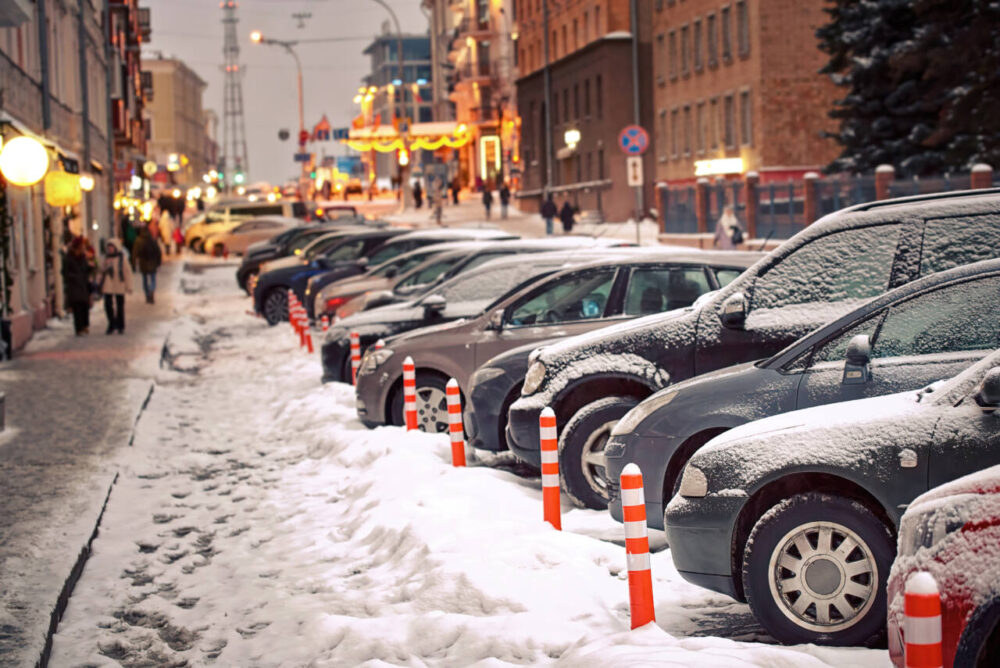
Idling also does little to warm your engine when compared to actually driving it, Ibottson said. It will take about 20 minutes of idling to reach the internal temperature that driving will achieve in just a few minutes.
Already, cold weather driving reduces your vehicle’s fuel efficiency. Fuel economy tests show that, in city driving, a conventional gasoline car’s gas mileage is roughly 15% lower at 20 degrees Fahrenheit than it would be at 77 degrees Fahrenheit. It can drop as much as 24% for short trips in the 3-to-4-mile range, according to the U.S. Department of Energy.
The amount of extra gas you waste by idling your car can vary, but compact cars with 2-liter engines consume about 0.16 gallons per hour. And larger cars like SUVs, which car owners tend to prefer these days, waste more fuel than smaller ones.
For hybrids, the amount is even greater, with gas mileage dropping 30%-34% under the same conditions. And fully electric vehicles can experience up to a 39% fuel economy drop when driving in a mix of city and highway conditions, with their range being reduced by 41%. And two-thirds of this wasted energy just goes to generating heat for the cabin.
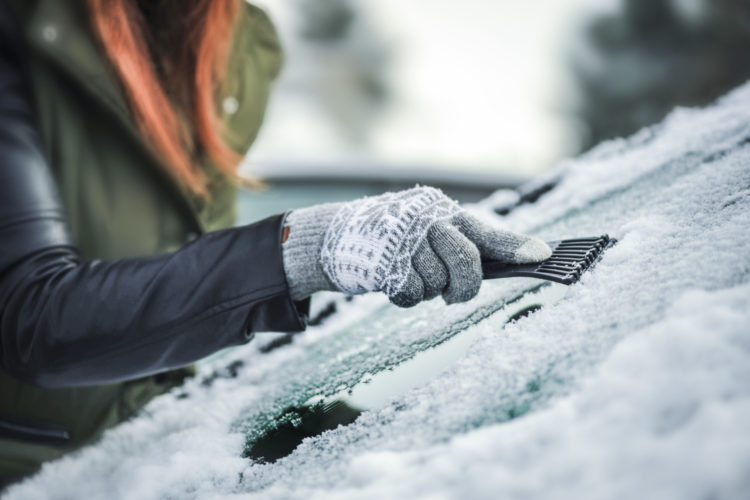
Why Idling Is Bad for Our Health
Beyond wasting gas, idling increases the amount of vehicle exhaust in the air, according to an idling fact sheet from the South Carolina Department of Health and Environmental Control. Exhaust contains many pollutants that are linked to health problems.
Specifically, the Environmental Protection Agency says, particulate matter from cars and other vehicles can cause premature death in people with heart or lung disease, nonfatal heart attacks, irregular heartbeat, decreased lung function, aggravated asthma and increased respiratory symptoms. It can also reduce visibility (haze) that can lead to dangerous driving conditions and acidify lakes and streams, changing the makeup of our water systems.
In fact, the EPA completely warns against idling.
“Unnecessary idling of cars, trucks, and school buses pollutes the air, wastes fuel and causes excess engine wear,” the EPA writes in its pollution-reduction guide. “Modern vehicles do not require ‘warming up’ in the winter, so there is no need to turn on the engine until you are ready to drive.”
This last point echoes the advice given by the automotive experts at Popular Mechanics and Consumer Reports.
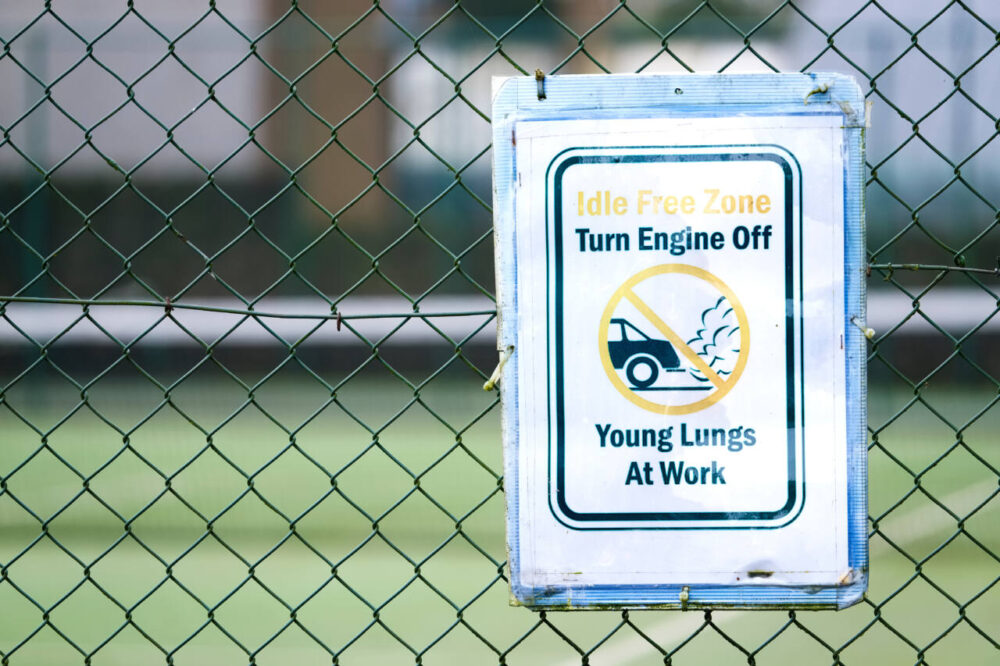
Why Idling Is Bad for the Planet
The Department of Energy says idling from vehicles wastes about 6 billion gallons of fuel annually, and about half of that comes from personal vehicles. And each gallon burned results in carbon dioxide emissions into the atmosphere. In fact, 30 million tons of carbon dioxide are generated by 250 million cars just through idling. The amounts of CO2 in the air are setting record highs, so this is a big issue.
Carbon dioxide is the most significant greenhouse gas, absorbing and radiating heat while contributing to the warming of the Earth’s surface. The National Oceanic and Atmospheric Administration says that without carbon dioxide, the planet’s natural greenhouse effect would be a lot weaker.
Conventional cars are a main problem contributing to pollution that harms both human health and the planet. Today, most scientists and governmental bodies suggest using the cleanest cars possible while driving less. However, if everyone stopped idling their cars, it would be the equivalent of taking 5 million cars off the roads.
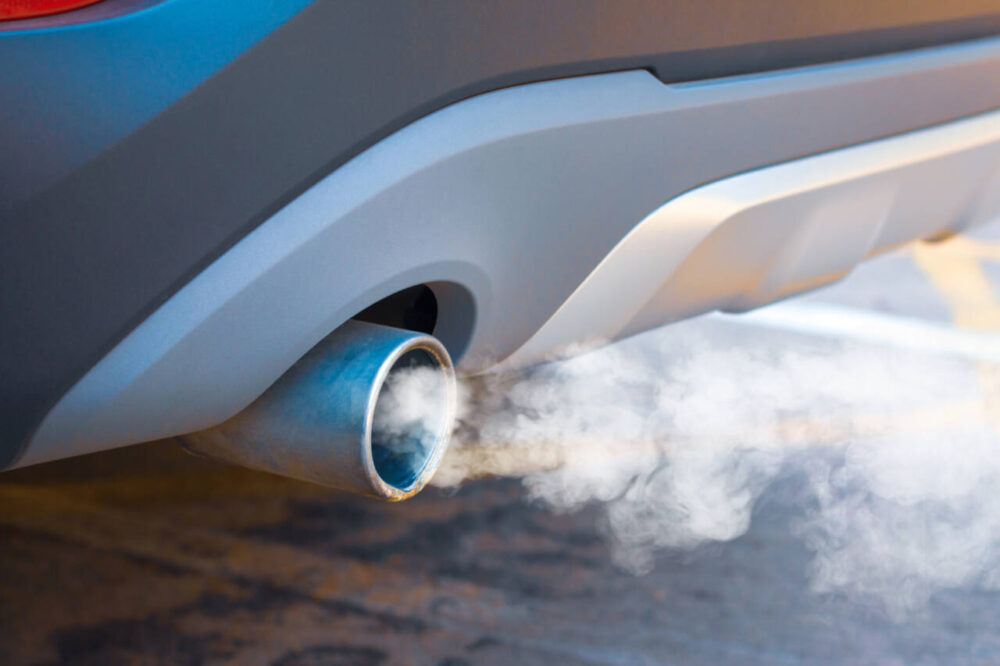
Why Do People Think They Need To Warm Up Their Cars Before Driving?
The rationale that you should warm your car before you drive originates from an outdated kernel of truth.
Cars made prior to the late 1980s required being warmed up for several minutes so that the correct blend of air and fuel could be delivered to the engine. Without the correct ratio, cars could sputter and stall, says Carfax. But by the mid-1990s, car manufacturers transitioned from carburetors to electronic fuel injection, and sensors helped ensure the proper air-fuel mix, making it no longer necessary to let your car warm up.
Still, old habits die hard — and are passed onto the next generation of drivers who may have seen mom or dad letting their cars idle and been told it was necessary. To help remedy this, several states and municipalities have anti-idling laws that come with fines if you leave your car running for too long, many of which are aimed at specific types of vehicles.
States you don’t want to be caught idling in include California, Colorado, Hawaii, Maryland, Massachusetts, New Jersey, Maine, Nevada, New York, Oregon, South Carolina and Texas. You may also receive a fine for idling in places like Chicago, Illinois; Washington, D.C.; Kansas City, Kansas; Detroit, Michigan; Cleveland, Ohio; and Madison, Wisconsin. In other words, check your local laws. You might be surprised.
The takeaway here? The best thing to do on those cold, snowy days is to start your car and take a minute to scrape any ice off your windows, Popular Mechanics says, and make sure your defroster is turned on if it’s below freezing. Once your windows and windshield are clear, you are good to go!
Helen Lee contributed to this report.
Why you shouldn’t heat up your car for long in cold winter weather originally appeared on Simplemost.com


